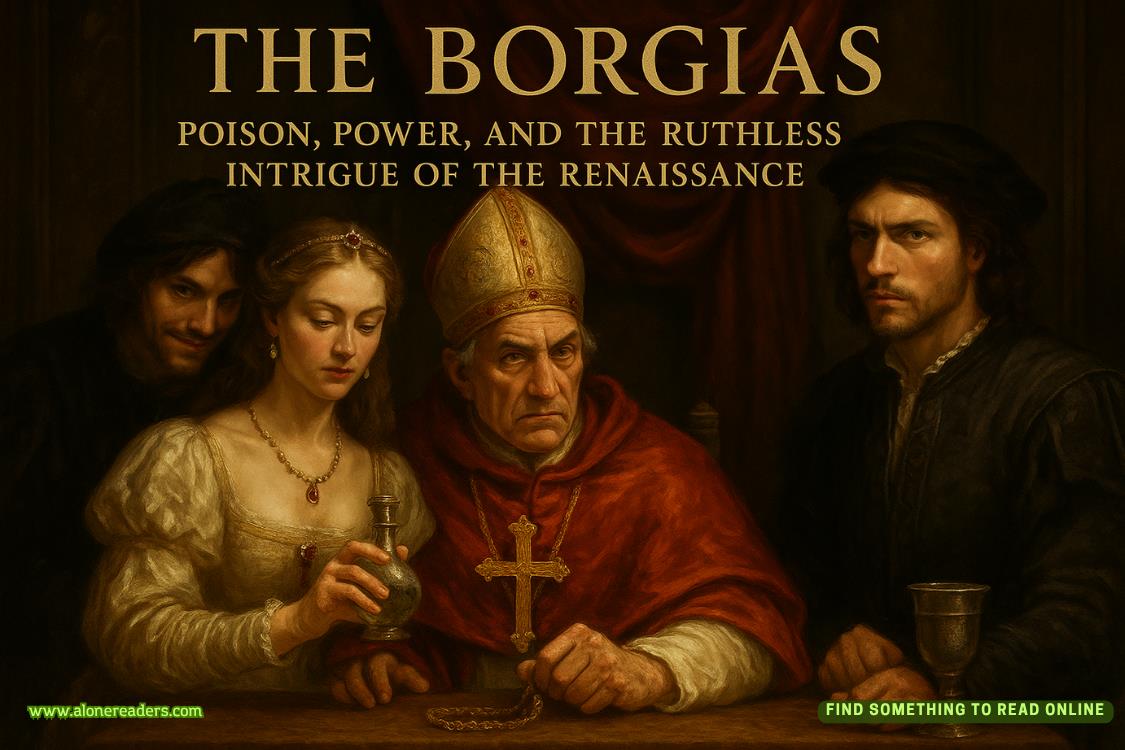Page 44 of Gryphon
Hugo yanked back on the throttle and put the nose up in the air—all the way up.
The Gripen’s belly faced flat into the forward airflow and his speed plummeted far faster than he climbed. Like a cyclist using momentum to coast up a steep slope, then turn at the top and come racing back down before falling, he spun a hundred-and-eighty degrees on the proverbial ten-krona coin.
Except he was doing it with an eighty-five-million-dollar fighter jet. At the top of the bank, he kicked the ass over hard and punched the throttle straight into afterburner. He let himself half-fall, half-dive as he returned by the direction he’d departed.
The engine spooled up past its normal thirteen thousand foot-pounds of thrust all the way to twenty-two thousand. It was enough to slam him back in the seat despite his nose-down attitude.
A hundred meters above the ground, he yanked the nose up—hard. Riding the edge of the stall, leveling out five meters over the ice that had swallowed the aft section of Arne Sorenson’s Gripen, he raced toward the van.
Any lesser jet would have taken fifteen to twenty seconds to make the turn, which would have required a much wider loop. Hugo’s jet achieved the complete change of direction in six seconds and sent him back exactly along the route he’d departed by—the least expected angle of attack.
At the shore he jinked up to thirty meters. The sudden blast of the pressure suit on his lower body squeezed him hard for the brief moment he crossed five g’s. It eased off the moment he leveled out, flying mere meters above the tops of snow-shrouded pines.
During that time, the shooter had loaded the second Stinger, but fumbled inserting a fresh BCU. The Battery Coolant Unit powered the sighter and supercooled the missile’s target seeker. He finally inserted the round cartridge properly and gave it the quarter turn to activate it.
After aiming it at the sky, he depressed the safety-and-arming switch with his thumb at the back of the handle. The seeker registered the ultraviolet color of the background sky.
Hugo was cracking two thousand kilometers an hour, coming in at a right angle to the road, by the time the slice of the E12 came into view on his targeting screen. The turbulence of his wake ripped a snowstorm off the branches of the trees close below.
The blue van shone clear in his radar’s sights despite the intervening treetops masking him visually from the shooter.
It was parked in a line of civilian cars, so using missiles wasn’t an option.
Hugo selected the Mauser BK-27 revolver cannon mounted on the left fuselage close by his thigh.
The shooter by the van kept looking for an attack from the north, the direction Hugo had been turning before executing the Herbst turn.
He came in low from the east, his supersonic approach far faster than the sound that might reveal his line.
When the shooter finally spotted Hugo’s plane, he swung to correct. With the jet moving at Mach Two, there was no time to center his aim. Despite not having tone on the target lock, the man by the van squeezed the forward Uncage button, which freed the missile’s own target-seeking software to track the plane.
The moment Hugo had the van in his radar’s sights, still not visible through the treetops, he unleashed a rain of the twenty-seven-millimeter rounds from the Mauser. In the one-point-eight seconds from target acquisition to his passage overhead, he dumped thirty-one rounds toward the van.
At Mach 3.3, half again the speed of the jet, the rounds drove toward the target outstripping even the Gripen on full afterburner. Each round—over an inch in diameter, six inches long, and weighing more than a can of Red Bull energy drink—was tipped with high explosive.
The shooter by the van squeezed the trigger, which then required three seconds to initiate the missile’s release.
Eleven of the thirty-one rounds that Hugo fired struck the ground before the van, plowing into the snowbanks alongside the road and impacting the frozen ground beneath. The explosives blasted clouds of snow into the air blocking all visibility, which didn’t measurably slow the rest of the rounds already in flight but blocked the Stinger missile’s targeting system’s view of the inbound Gripen jet.
Five more rounds punched into the road surface itself, forming large potholes that would be patched but never be quite smooth again until the whole stretch of road was repaved three years later.
The road surface, turned into shrapnel, struck the shooter several times in the legs, taking him to his knees, but he kept the Stinger aimed roughly east. Additional frozen chunks of tar made loud noises but did little damage as they sprayed the side of the blue van and took out the headlights on a Tesla Model Y that had stopped next in line at the red light.
A further nine rounds from the Mauser disappeared into the woods beyond the van. Two trees were cut down by the explosive rounds, including a twenty-five-meter Norway spruce. It would land atop the van long after it didn’t matter.
Of the remaining six rounds, five hit the van. Four merely struck thin paneling, punching thumb-sized holes in the near side before blowing half-meter sections out of the far side of the van. The fifth struck the engine block, exploding on impact and blasting whole sections of the van’s front-end into the trunk and rear window of the VW Passat parked in front of it—killing the driver. Which was a pity as that was supposed to be the shooter’s getaway ride after he’d abandoned the van.
The final round struck the attacker in the face—after passing through the sighting mechanism of the FIM-92E Stinger missile’s launcher. Because of that, the damage to his getaway car proved to be of little consequence except to its driver.
Like Kapten Sorenson, the shooter lost his head in that moment—it had ceased to exist in any readily recognizable form. Unlike Kapten Sorenson, his finger remained clamped on the trigger as his body fell, swinging the launcher’s aim wide.
The sonic boom of the Gripen’s passage less than fifty meters above the line of cars shattered every windshield. The safety glass in all the vehicles fragmented into thousands of tiny cubes. All the cars, except the VW Passat of course, remained drivable. However, the nearest town with a car window specialist lay thirty-six kilometers away. Three of the drivers would get frostbite driving there with no windshield despite the heavy clothing and goggles they each had donned.
Despite no verified target lock, after three seconds the Stinger launched from the dead man’s hands headed southeast.
Hugo’s JAS 39E Gripen raced to the west, then arced wide to return from the north.
The missile’s top speed matched the Gripen’s but it would never catch it anyway—failing to achieve a positive lock on target through the thick snow blown aloft by the first rounds from the Mauser gun.















